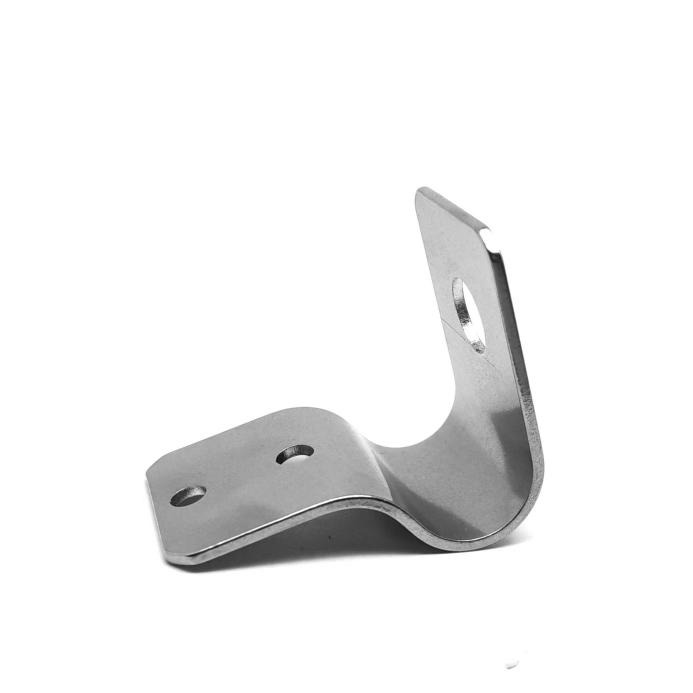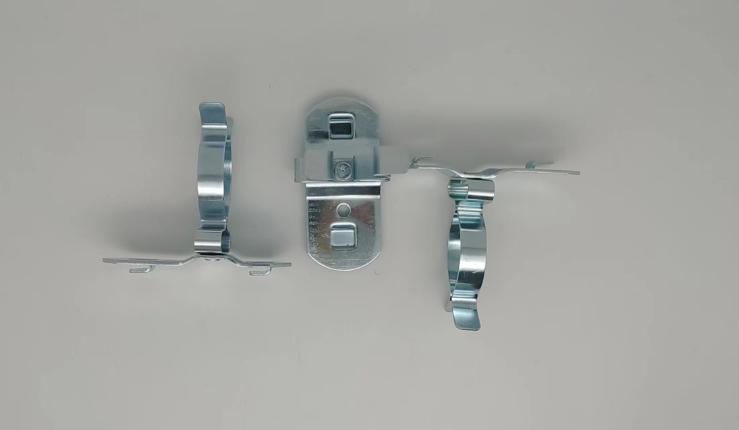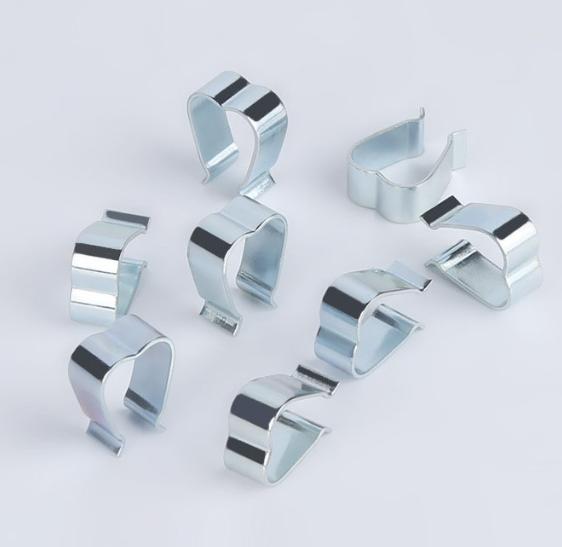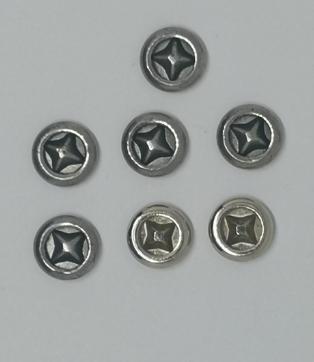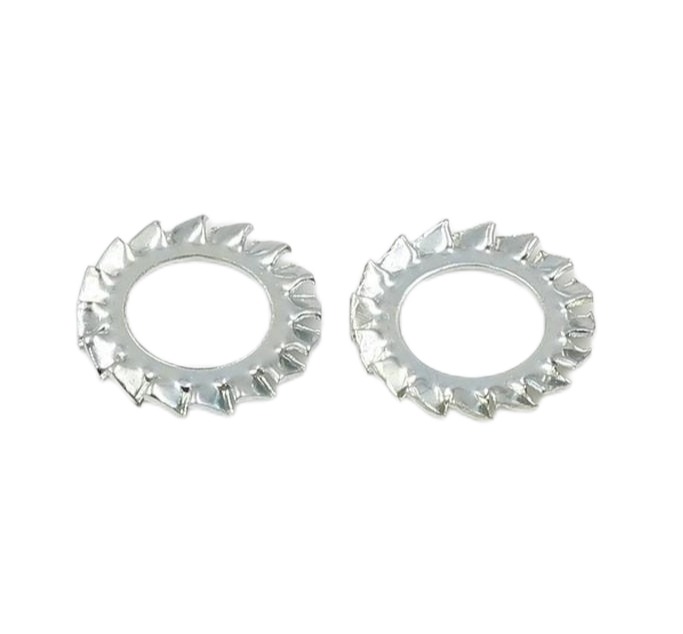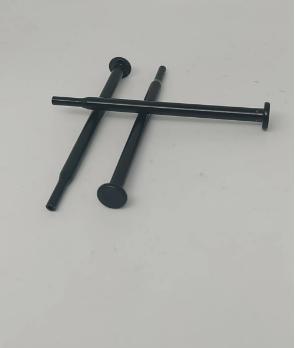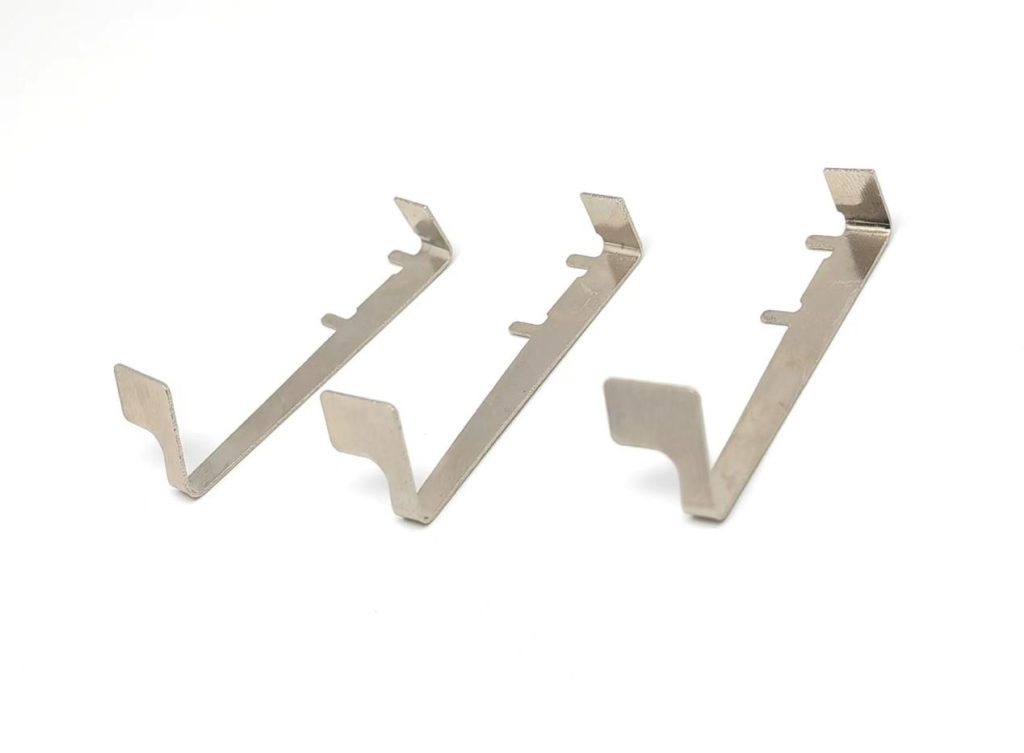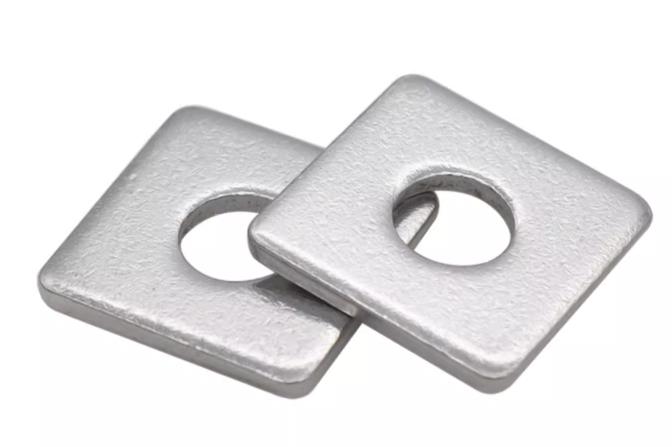Metal Stamping: Shaping Sheet Metal into Precision Parts
Metal stamping is a fundamental metalworking process that utilizes a press to transform flat sheet metal into a wide range of three-dimensional shapes. This technique plays a crucial role in numerous industries, enabling the mass production of various components with high precision and repeatability. This article delves into the types of metal stamping processes, exploring their functionalities and applications.
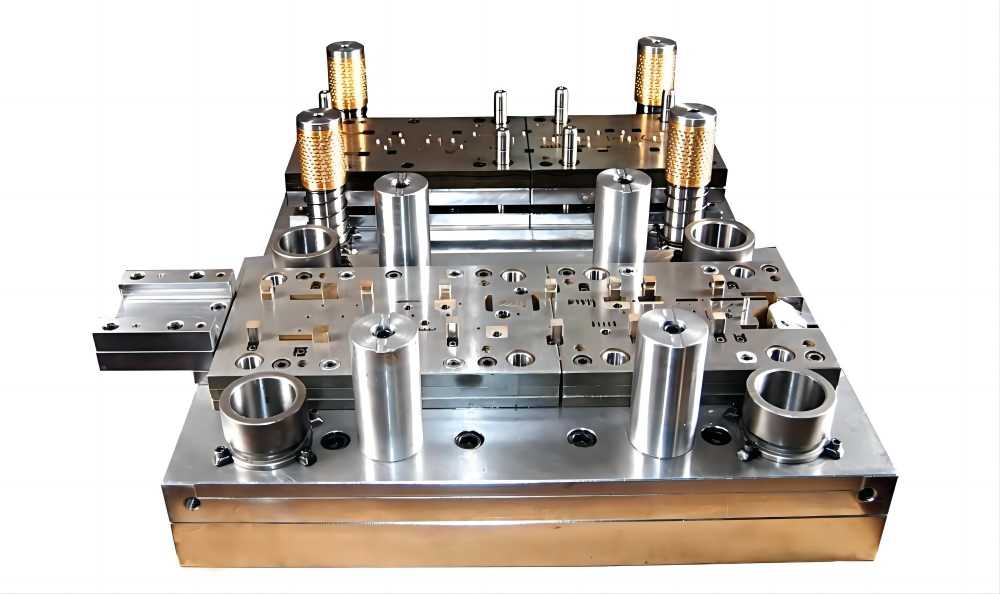
What is Metal Stamping?
Metal stamping stands as a cornerstone of modern manufacturing. It involves using a stamping press, a machine that exerts significant force via a punch and die set. The sheet metal is placed between the punch and the die. The punch, shaped according to the desired final form, applies pressure onto the sheet metal, forcing it to conform to the cavity within the die. This transformative process allows for the creation of intricate and customized parts from flat sheets of metal.
Metal stamping boasts a vast array of applications across numerous sectors. It is a mainstay in the automotive industry, responsible for producing car body parts, chassis components, and various internal elements. In the appliance industry, metal stamping is utilized to manufacture parts for refrigerators, washing machines, ovens, and other household appliances. The electronics industry heavily relies on metal stamping for the production of circuit board housings, heat sinks, and other electronic components. Furthermore, the construction industry utilizes metal stamping for the creation of roofing panels, ventilation systems, and structural components.
What are the Types of Metal Stamping Processes?
Metal stamping encompasses a variety of techniques, each serving a specific purpose in shaping the sheet metal. Here’s a detailed exploration of the most prevalent metal stamping processes:
1. Blanking: Punching Out Precise Shapes
Blanking is a fundamental metal stamping process that serves the purpose of cutting out flat shapes from a sheet of metal. It utilizes a precisely designed punch and die set. The punch, shaped according to the desired final form, descends and exerts pressure onto the sheet metal. The die features a corresponding cavity that matches the punch shape. As the punch applies pressure, it shears the sheet metal along its edges, creating a clean separation. The resulting cutout piece of metal is known as a blank. Blanking serves as the initial step in the creation of many stamped parts. It allows for the formation of the basic outline of the component before further shaping through subsequent stamping processes. Blanking offers several advantages, including the ability to produce parts with intricate geometries and minimal material waste.
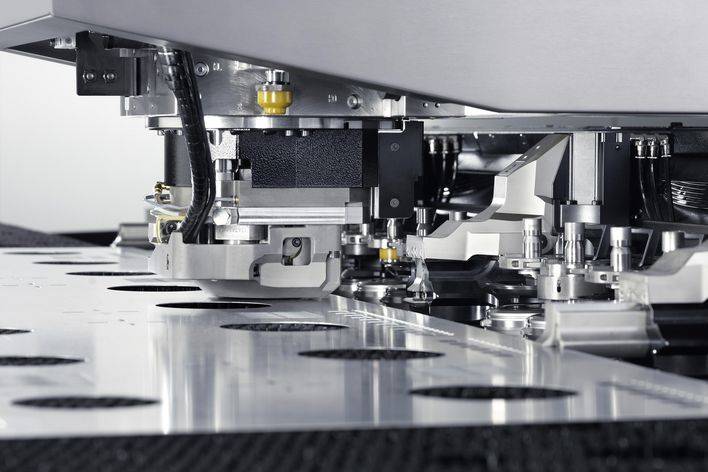
2. Piercing: Creating Clean Holes
Piercing is another essential metal stamping process that focuses on creating clean holes in sheet metal. Similar to blanking, it utilizes a punch and die set. The punch, designed as a solid cylinder or shaped according to the desired hole profile, descends and presses onto the sheet metal. The die features a corresponding opening that allows the punched-out material, referred to as a slug, to pass through. Unlike blanking, where the cutout piece (blank) is the desired product, in piercing, the purpose is to create the holes themselves within the sheet metal. Piercing plays a vital role in conjunction with other stamping processes. It allows for the creation of holes for fasteners, for aligning components during assembly, or for other functional purposes.
3. Drawing: Transforming Flat Sheets into Cups
Drawing is a metal stamping process that transforms a flat sheet of metal into a cup or a hollowed-out shape. This process involves stretching the sheet metal and conforming it around a punch to achieve a desired depth. The punch descends and presses the sheet metal into a cavity within the die. As the punch travels further, it progressively stretches the metal, transforming the flat sheet into a cylindrical or conical cup-like shape. Deep drawing is a variation of drawing that allows for the creation of deeper cups with more complex shapes. Deep drawing utilizes specialized tooling and techniques to manage the stretching of the metal without causing tears or fractures. Drawing is a versatile process employed in the production of various components, including beverage cans, automotive fuel tanks, lighting fixtures, and cookware.
4. Coining: Adding Raised Details and Designs
Coining is a metal stamping process that introduces a raised impression or design onto the surface of the sheet metal. It utilizes a coining die, which features a raised design element. The coining die presses the sheet metal into a cavity within another die, forcing the metal to conform to the raised design. This process creates a permanent raised feature on the surface of the sheet metal. Coining is commonly used for creating lettering, logos, or other decorative features on a stamped part. It is also employed for functional purposes, such as creating raised areas for improved grip or for strengthening specific sections of a component.
5. Lancing: Creating Defined Slits without Separation
Lancing is a metal stamping process that creates a slit or slot in the sheet metal without entirely severing the material. It utilizes a lancing die, which features two parallel cutting edges. The lancing die descends and pierces the sheet metal at two designated points, creating a separation along a defined length. However, unlike punching or blanking, the lancing die does not completely cut through the metal. A small bridge of metal is intentionally left intact between the two cuts. This bridge allows the lanced section to be bent or folded later in the process, creating features like tabs or hinges. Lancing is frequently employed in conjunction with other stamping operations, such as bending or flanging. It offers a way to create designated folding lines within the sheet metal without generating separate parts.
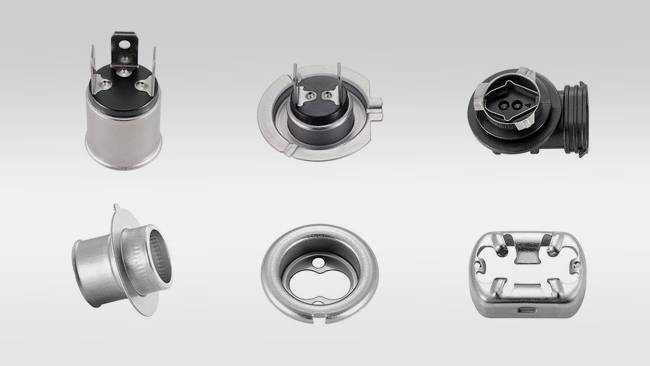
6. Embossing: Raising Designs on Both Sides
Embossing is a metal stamping process that creates a raised design on the surface of the sheet metal, with a corresponding mirror-image depression on the opposite side. It utilizes a matched die set, consisting of a male die with a raised design and a female die with a corresponding cavity. The sheet metal is placed between the two dies, and the press forces the male die into the female die. This pressure forces the sheet metal to conform to the raised features of the male die, creating a raised design on one side and a depression of the same shape on the other side. Embossing is often used for creating decorative patterns, lettering, or logos on sheet metal parts. It is a visually appealing technique that can add depth and detail to a stamped component.
7. Flanging: Shaping the Edges for Strength and Joining
Flanging is a metal stamping process that involves bending the edge of a sheet metal to a specific angle. It utilizes a flanging die, which features a contoured surface that matches the desired final angle of the flange. The sheet metal is positioned within the die, and the press applies pressure using a forming tool. This pressure forces the edge of the sheet metal to bend and conform to the contoured surface of the flanging die, creating a clean and precise bend at the desired angle. Flanging serves multiple purposes. It can be used to strengthen the edges of a component by increasing its rigidity. Additionally, flanging can be employed to create interlocking features that allow for the joining of two separate pieces of sheet metal. This technique is commonly used in the fabrication of enclosures, housings, and ductwork.
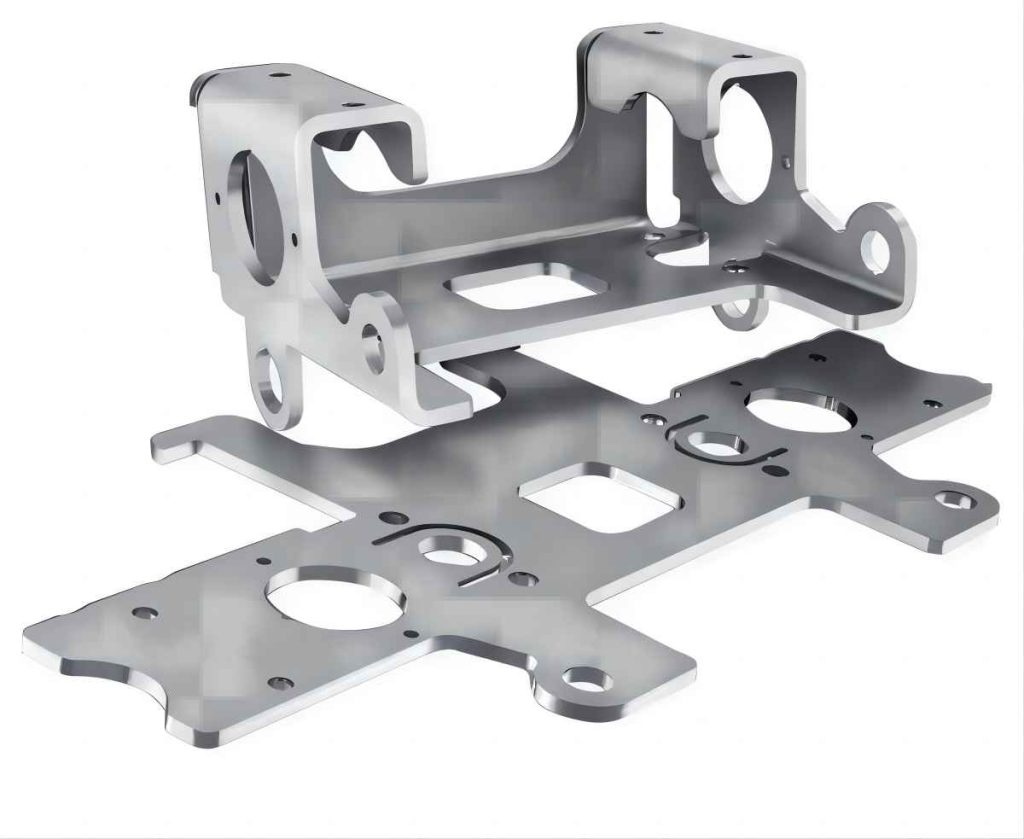
Conclusion
Metal stamping stands as a cornerstone of modern manufacturing, offering a comprehensive and versatile set of techniques for shaping sheet metal into a vast array of precision parts. From the fundamental processes of blanking and piercing to the more intricate techniques like drawing, coining, and flanging, metal stamping empowers the creation of countless components across numerous industries. Its ability to produce high-volume, high-precision parts with minimal material waste makes it an invaluable tool for modern manufacturing processes. The ongoing advancements in press technology, tooling materials, and simulation software continue to expand the capabilities of metal stamping, ensuring its enduring role in shaping the future of metal fabrication.

